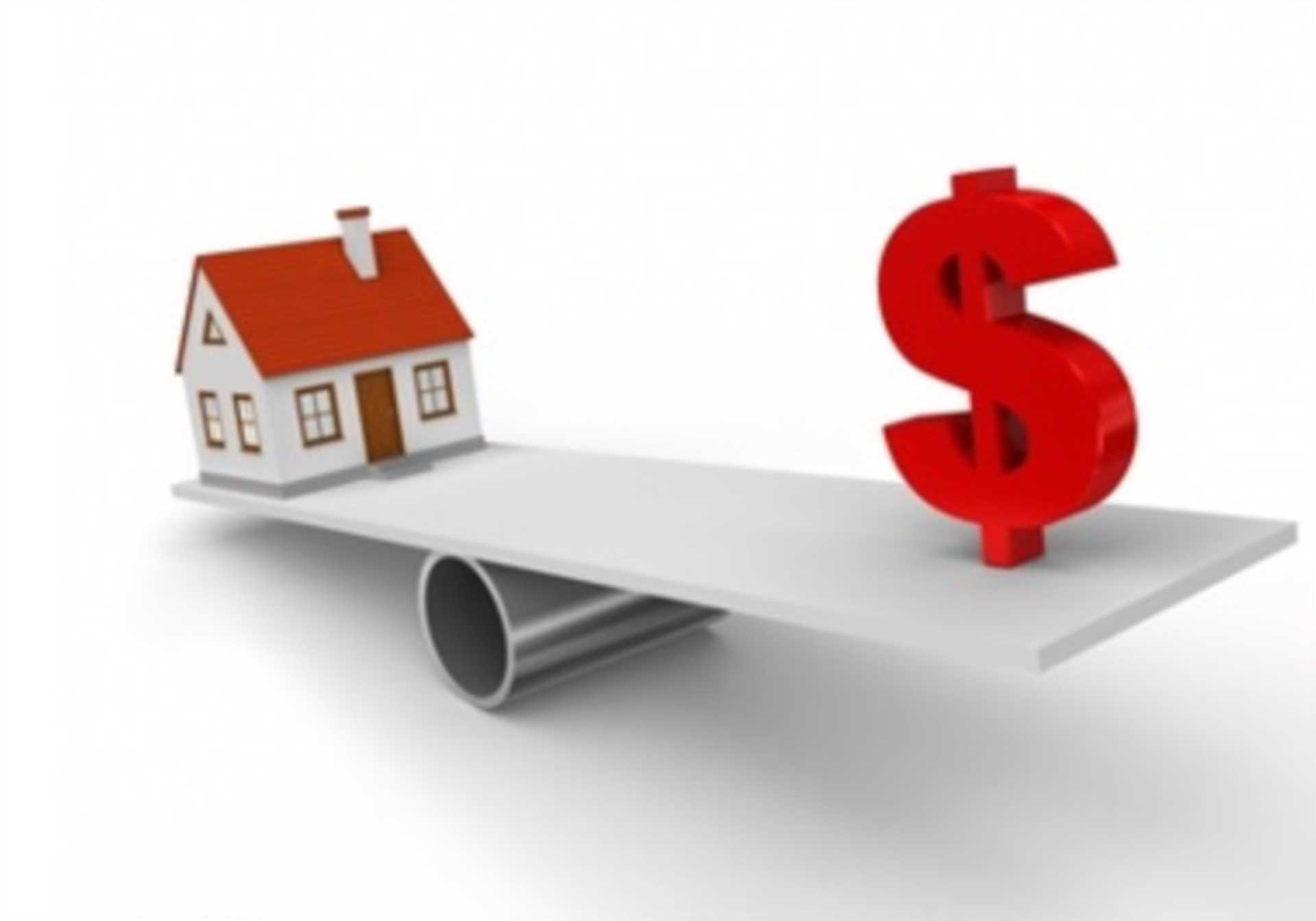
Date Published 07 December 2015
On my way back from work the other day, we received a call from a most enthusiastic, potential landlord! He's looking to purchase his first Buy to Let property and requested some guidance, as he is a frequent reader of our articles and understands that we specialise in the Marylebone area. His biggest concern derived from, making the choice between York Street and the more prestigious Weymouth Street, in the interests of a 2 bedroom property. we promised that we would look into this predicament for him and subsequently this is where my findings brought us. ..
Since 2005, with regards to 2 bedrooms, seven properties in Weymouth Street have been sold and changed hands, achieving an average sale price of £715,822. When we compare this average to the current average valuation of these matching properties, we get a figure of £1,049,714 - 38% capital growth. In comparison, during the same 10 year period, five 2 bedroom properties in York Street have been put on the market and been subsequently sold for an average of £504,200. When we turn our attention to these same properties in today's market we find that this average price has increased to £853,400 - a 53% capital growth! As a result, we see here that it is in fact York Street, where long term investment is producing the most return.
Nonetheless, we must remember that property value should not be our sole consideration, especially with Buy to Let properties, where rental yield is also of great significance. When we compare Weymouth Street against York Street, in terms of rental yield, the tables are turned and Weymouth Street slightly edges it. The average rental value of a 2 bedroom property on Weymouth Street is £3907 (pcm) which achieves a rental yield of 4.46%. Comparatively, York Street's average rental value is £2740 (pcm) which allows for a 3.85% rental yield. This is a difference of 15 percent! Thus we see that, where one street (York Street) produces more capital growth in the long term than its neighbour (Weymouth Street), the same neighbour may outperform their rivals in the short term, where the annual rental yield is higher. When evaluating a potential investment, my advice to you is to look at both of these critical indicators, with respect to the area or street you wish to invest in; the one which finds a balance of both (rental yield and capital growth), is usually the property you should be investing in!
As always, if you require any advice on the Marylebone property market, feel free to contact us.